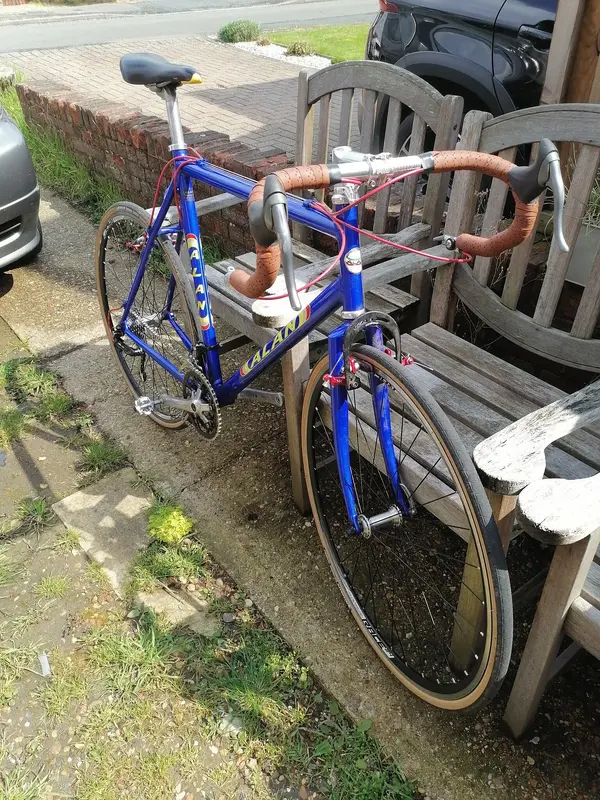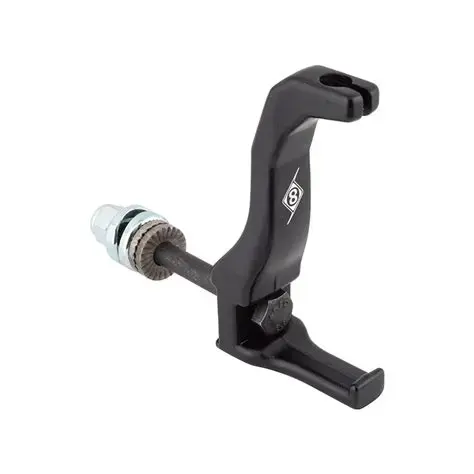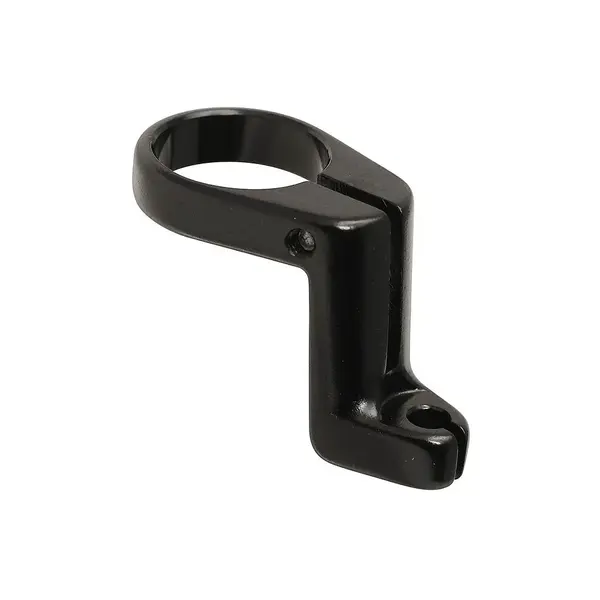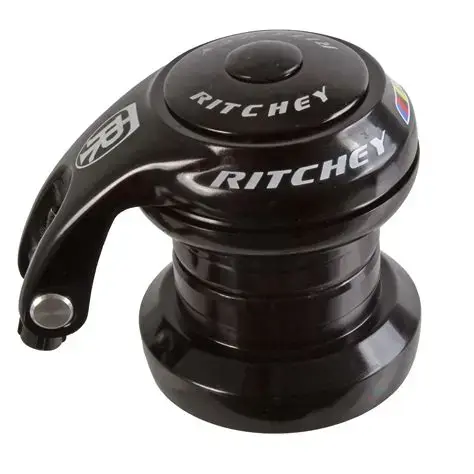From stock Orix are fine for comuting, tralvels and little more. But if you add some Koolstop H11 dura 2, or the H7 ... they change and have more power. The stock compound of the pads are not the best. The brakes are fine like this one. I would start checking the pads. They look basic pads.
Last edited:




